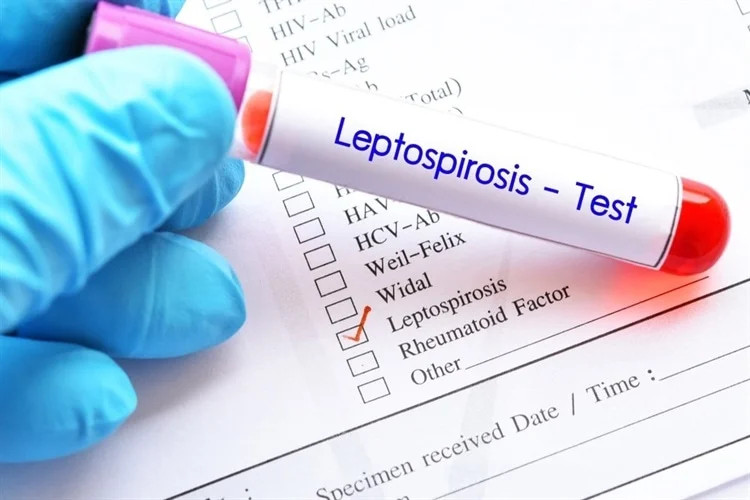Gebrezgiher, G.B.; Makundi, R.H.; Katakweba, A.A.S.; Belmain, S.R.; Lyimo, C.M.; Meheretu, Y. (2023). Arthropod Ectoparasites of Two Rodent Species Occurring in Varied Elevations on Tanzania’s Second Highest Mountain. Biology 2023, 12, 394. https:// doi.org/10.3390/biology12030394
Summary
The interaction of small mammals in the ecosystem is not limited to humans and other wildlife; it also includes organisms that inhibit their bodies, so-called “parasites”. Arthropod ectoparasites are a diverse and well-adapted group of invertebrates that live on the body surfaces of their hosts, typically vertebrates but rarely other invertebrates. Ectoparasites such as fleas and some mite species are of veterinary and medical importance because they are associated with the transmission of zoonotic diseases. The study determined factors influencing ectoparasite infestation on two rodent species on Mount Meru, one of Tanzania’s most popular research and ecotourism sites. Host sex, species, and environmental temperature predicted ectoparasite infestation patterns in the two rodent species. We expected host density to predict parasite prevalences and abundances, because hosts in higher densities should have more parasites due to increased contact between individuals. However, temperature, not host density, affected ectoparasite distribution. Since temperatures decrease with elevation, parasite prevalences and abundances were lower at higher elevations, highlighting that cold conditions at higher elevations limit reproduction and development—this shows that higher elevation zones are ideal for conservation.
For more details: Click here
For PDF version Download
Share this page




